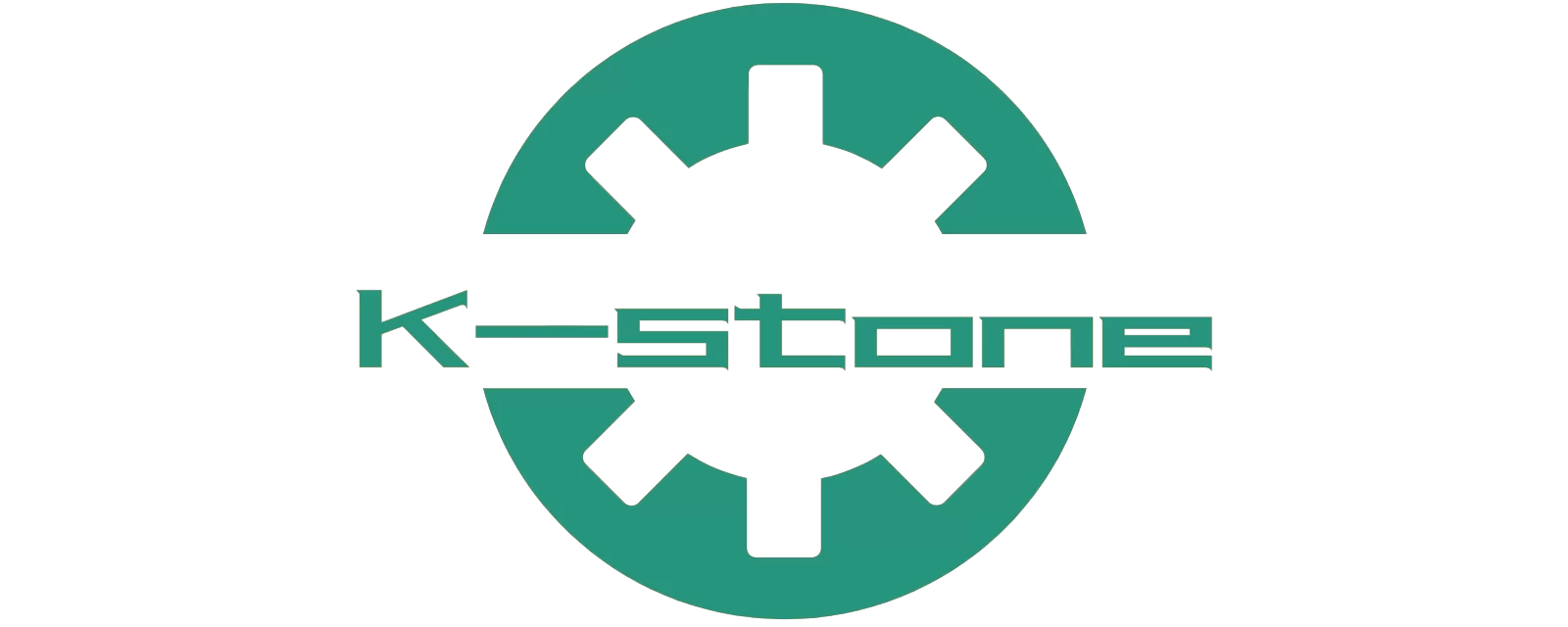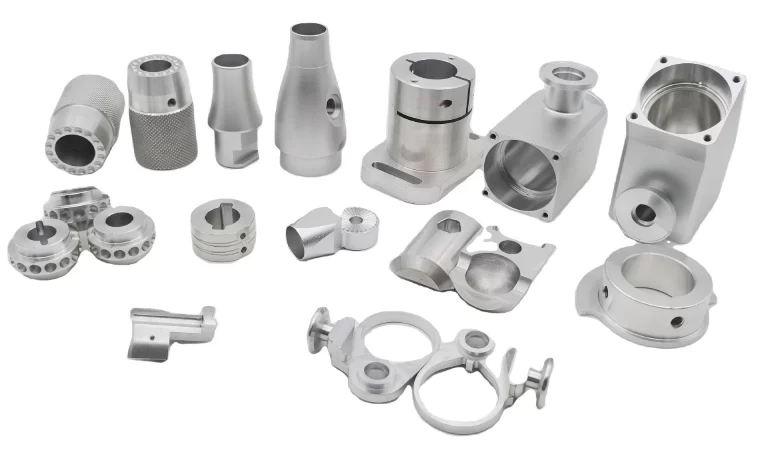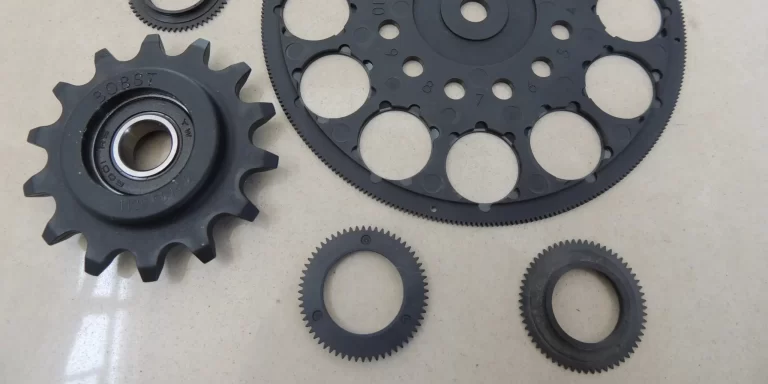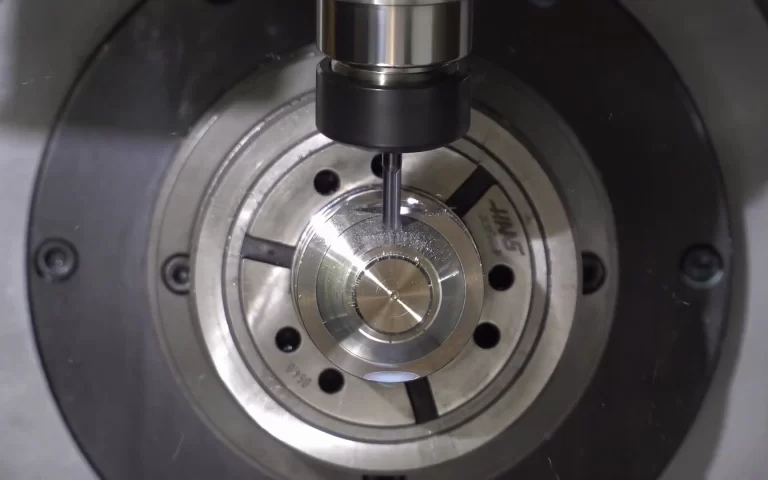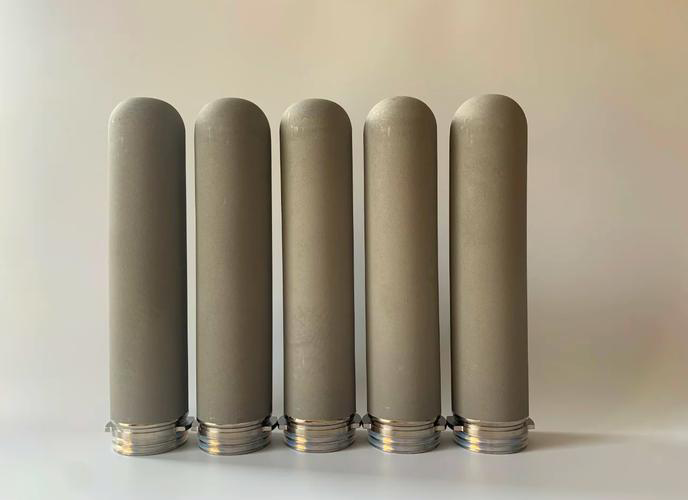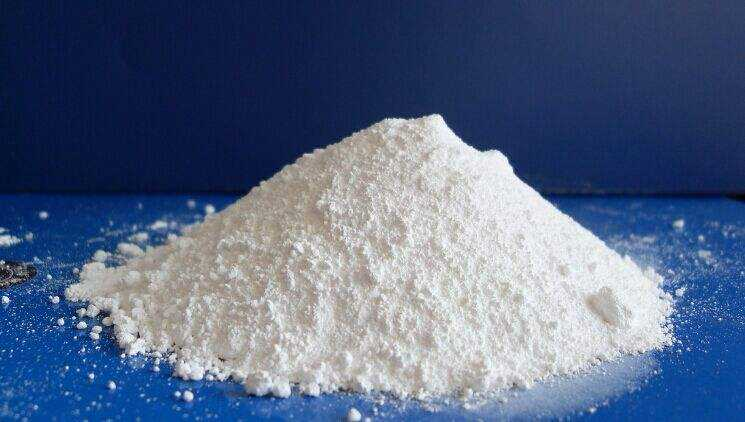Aluminium machining service occupy a central place in CNC machining. It is one of the most commonly used materials in manufacturing. Its importance stems not only from its excellent physical and chemical properties, but also from its wide range of application scenarios and cost-effectiveness.
Aluminium Machining Service Core Advantages
Balancing Lightness And Strength
Aluminium is only 1/3 the density of steel (about 2.7 g/cm³). However, through alloying (e.g. 6061, 7075) and heat treatment (T6 condition), its strength can approach that of some steels. It has become the material of choice for aerospace and automotive lightweighting.
Typical applications are drone frames, automotive engine mounts, and portable electronic device housings.
Excellent Machining Performance
Low hardness of aluminium (HB 15-120) and low tool wear. High speed cutting (spindle speed up to 10,000 RPM or more) is possible, shortening machining cycle time.
Aluminium chips break easily, resulting in a high surface finish after machining, reducing the need for subsequent polishing.
Suitable for machining thin-walled parts, deep-cavity structures and high-precision holes to meet the needs of complex designs.
Lathe Machining Parts
Corrosion Resistance And Finish Versatility
Natural oxide films are resistant to atmospheric corrosion. For greater protection, weathering can be enhanced by anodising or painting.
Anodising enhances both surface hardness and insulating properties to suit the needs of electronic devices.
Thermal And Electrical Conductivity
Aluminium is 100% recyclable and melting energy consumption is only 5% of primary aluminium. This is in line with the trend of green manufacturing.
Stable raw material price (about 1/2 of stainless steel), low processing cost, suitable for mass production.
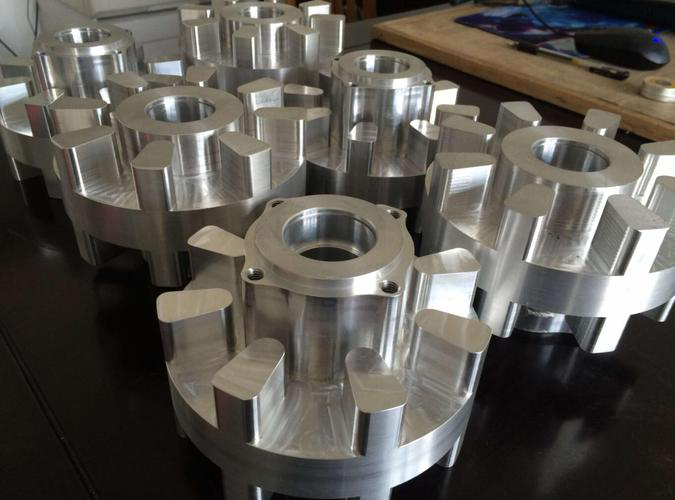
Typical Processes And Challenges In Aluminium Machining Service
Process Optimisation Points
Give priority to diamond coated tools or carbide tools to reduce the risk of chip tumour accumulation.
Use air cooling or micro lubrication (MQL) to avoid contamination of aluminium surface by cutting fluid.
Aluminium parts are prone to deformation, use soft jaw fixtures or vacuum adsorption tables to ensure machining stability.
Common Problems And Solutions
Deformation Control: Optimise cutting parameters (e.g. reduce feed rate), release stresses by machining in stages.
Surface Scratches: Use sharp cutting tools to avoid secondary scratching of the workpiece by chips.
Sticky Knife Phenomenon: choose the appropriate cutting fluid or increase the front angle of the tool.
Aluminium Machining Service VS Others'
| Characterisation | Aluminium (6061-T6) | Stainless Steel (304) | Titanium (Grade 5) | Plastic (PEEK) |
|---|---|---|---|---|
| Density (g/cm³) | 2.7 | 8.0 | 4.4 | 1.3 |
| Tensile Strength (MPa) | 310 | 505 | 900 | 100 |
| Thermal Conductivity (W/m-K) | 167 | 16 | 7 | 0.25 |
| Processing Difficulty | Low | Medium High | High | Medium |
| Cost (Material + Processing) | Low | Medium High | Very High | Medium High |
Aluminium far outperforms most materials in terms of combined scores for strength, weight, cost and processing efficiency. It is particularly suitable for lightweight, heat dissipation and cost-sensitive scenarios.
Aluminium Machining Service Industry Use Cases
Battery Tray: CNC machined from 6061 aluminium alloy, taking into account lightweight and structural strength.
Motor Casing: Enhance efficiency through thin-wall machining and heat dissipation channel design.
Mobile Phone Middle Frame: CNC one-piece forming with 7075 aluminium alloy to achieve high strength and precision tolerance (±0.05mm).
Laptop Cooling Module: High thermal conductivity aluminium with fin structure to optimize heat dissipation.
Satellite Mount: Aluminium-magnesium alloy (5xxx series) to reduce weight and resist space radiation.
Drone Paddle Hub: 7075-T6 processing to meet high fatigue strength requirements.
Future Trends In Aluminium Machining Service
New Aluminium Alloy Development
High-strength aluminium-lithium alloys (e.g. 2099) to further reduce the weight of aerospace components.
Nano-modified aluminium to improve wear resistance and fatigue life.
Processing Technology Upgrade
5-axis CNC to achieve more complex surface machining (e.g. impeller, shaped radiator).
Composite machining (CNC+3D printing) combines lightweighting and functional integration of aluminium-based materials.
Aluminium metal is firmly dominant in CNC machining due to its lightweight, easy machining, versatility and cost advantages. With technological progress and upgrading of industry demand, its application in high-end manufacturing will be further expanded. It has become an irreplaceable core material for precision manufacturing.
- Phone: 0086 – 577 – 8551 1172
- E-mail: [email protected]
We just need a couple of hours!
Send us a message if you have any questions or request a quote. Our experts will give you a reply within 24 hours and help you select the right valve you want.
